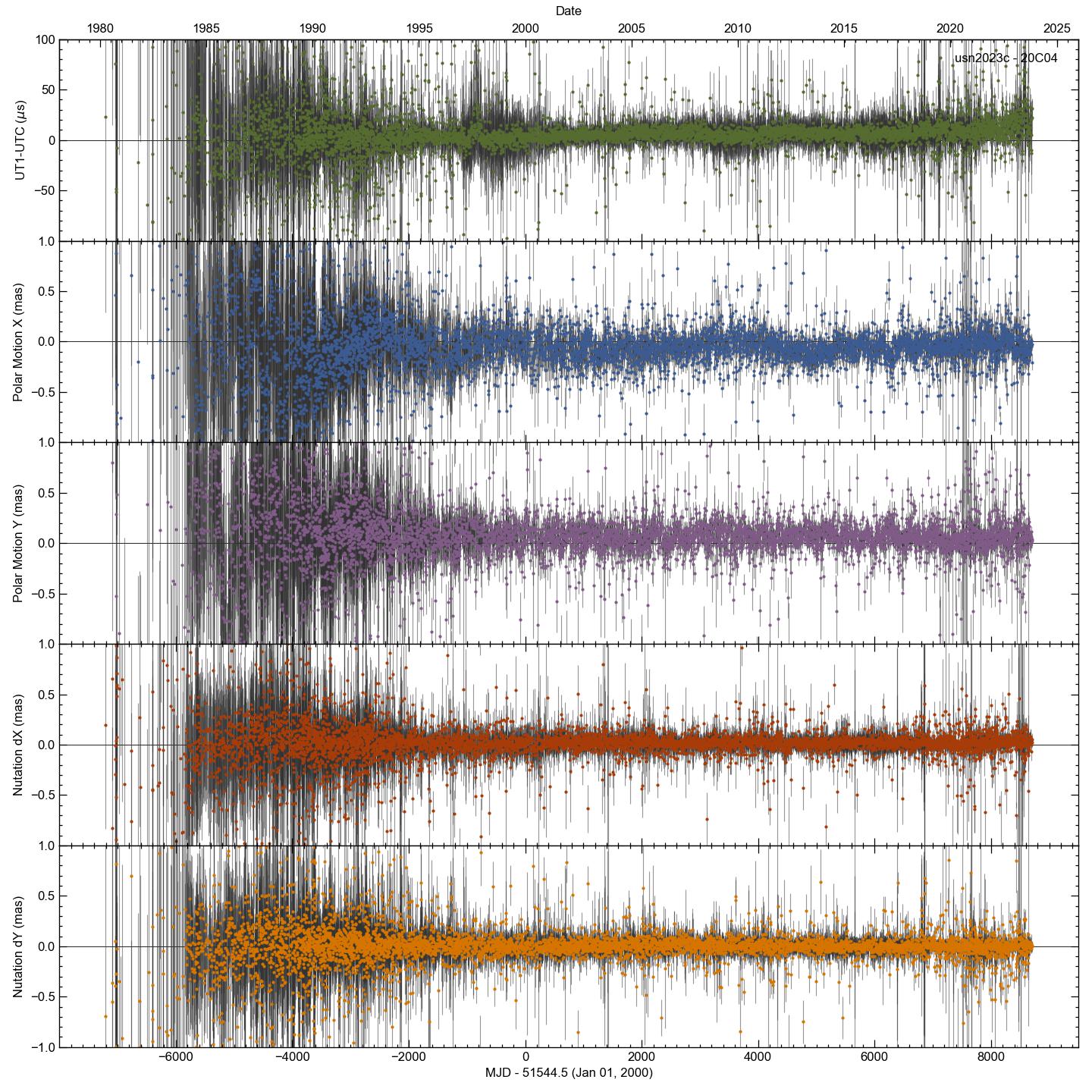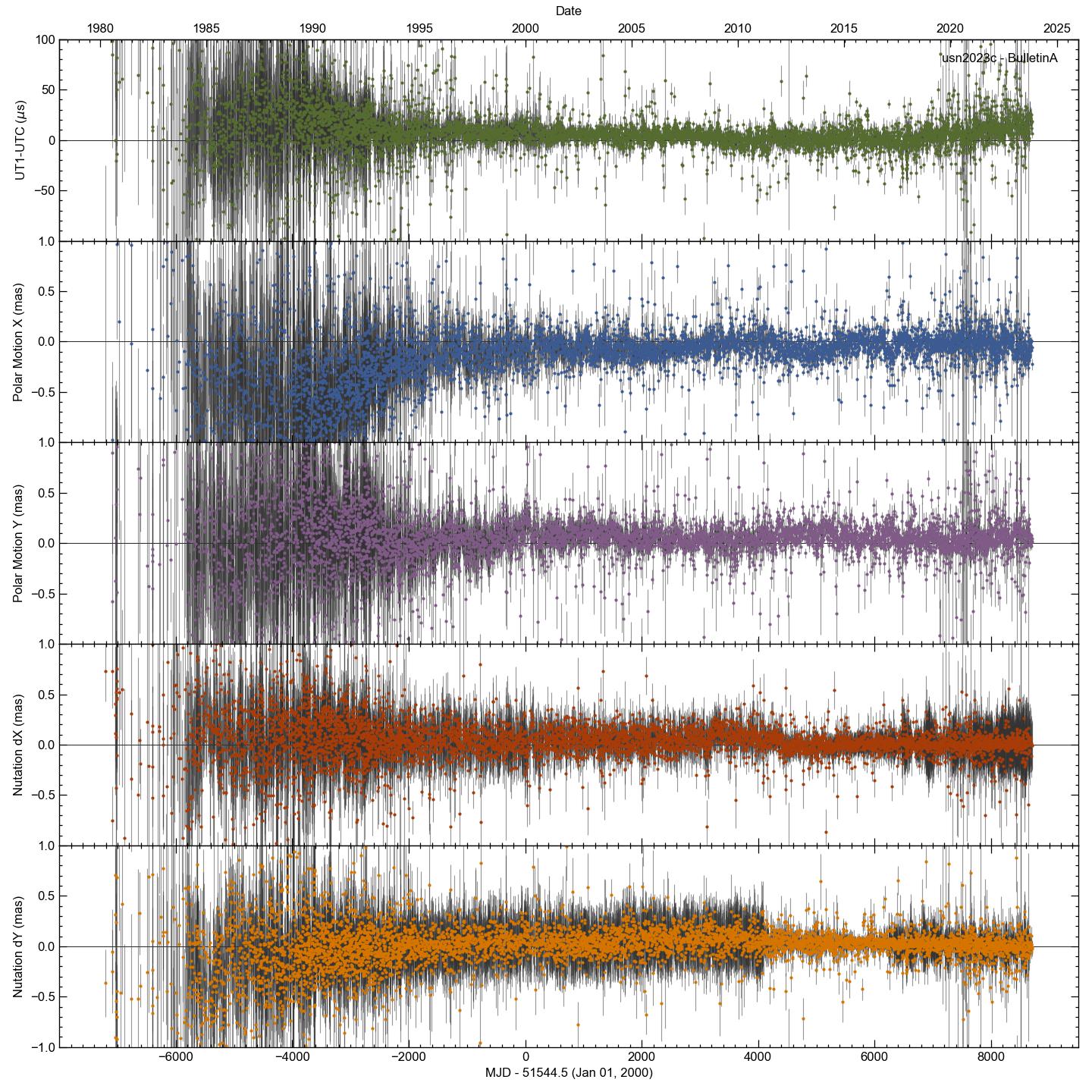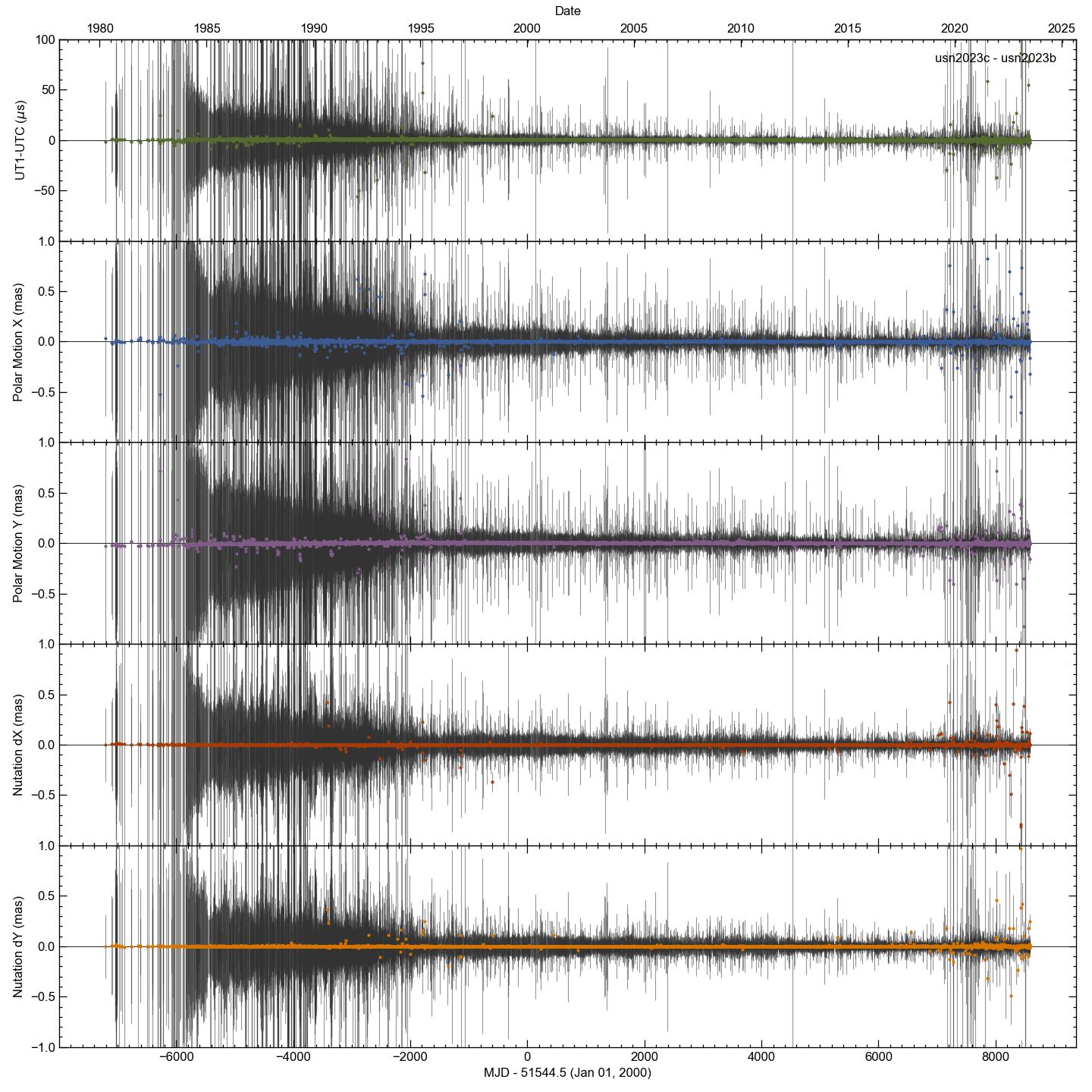- Organization
-
IAU Double Star Center
- WDS Description
-
WDS Catalog
- WDS Catalog: Full
- WDS Catalog: 00-05 Hour Section
- WDS Catalog: 06-11 Hour Section
- WDS Catalog: 12-17 Hour Section
- WDS Catalog: 18-23 Hour Section
- WDS Catalog With Precise Last Only
- WDS Catalog As An SQL Database (Original Code, Danley Hsu; Improved Code, Damien Mattei)
- WDS With Constellation And Bayer/Flamsteed Designation (When Applicable) Appended
- Format Of The Current WDS
- Notes File For The WDS
- References And Discoverer Codes
-
WDS Supplemental Catalog
- WDS Supplemental Catalog: Explanatory file
- WDS Supplemental Catalog: Summary
- WDS Supplemental Catalog: 00-05 Hour Section (All Data)
- WDS Supplemental Catalog: 06-11 Hour Section (All Data)
- WDS Supplemental Catalog: 12-17 Hour Section (All Data)
- WDS Supplemental Catalog: 18-23 Hour Section (All Data)
- WDS Supplemental Catalog: Format Of Files
- IAU Commission G1
-
Sixth Catalog Of Orbits Of Visual Binary Stars
- Full Page
- Introduction
- Orbit Grading Method
- Description Of The Catalog
- Catalog statistics
- Acknowledgments And References
- Orbital Elements: Html
- Orbital Elements: Text
- Orbital Elements: SQL
- Ephemerides:Html
- Ephemerides:Text
- Notes:Html
- Notes:Text
- References:Html
- References:Text
- Orbital Elements: Frame Version
- Formats Of Elements And Ephemerides Files
- Calibration Candidates
- Top 25 Orbit Calculators
- Master File Database
- Catalog Of Rectilinear Elements
- Fourth Catalog Of Interferometric Measurements Of Binary Stars
- The Delta-M Catalog
- IERS ICRS Center
- IVS (VLBI) Analysis Center
- IVS (VLBI) Analysis Center for Source Structure
-
Data Products
- Overview
-
IAU Double star center
- Overview
-
WDS Catalog
- WDS Catalog: Full
- WDS Catalog: 00-05 Hour Section
- WDS Catalog: 06-11 Hour Section
- WDS Catalog: 12-17 Hour Section
- WDS Catalog: 18-23 Hour Section
- WDS Catalog With Precise Last Only
- WDS Catalog As An SQL Database (Original Code, Danley Hsu; Improved Code, Damien Mattei)
- WDS With Constellation And Bayer/Flamsteed Designation (When Applicable) Appended
- Format Of The Current WDS
- Notes File For The WDS
- References And Discoverer Codes
-
WDS Supplemental Catalog
- WDS Supplemental Catalog: Explanatory file
- WDS Supplemental Catalog: Summary
- WDS Supplemental Catalog: 00-05 Hour Section (All Data)
- WDS Supplemental Catalog: 06-11 Hour Section (All Data)
- WDS Supplemental Catalog: 12-17 Hour Section (All Data)
- WDS Supplemental Catalog: 18-23 Hour Section (All Data)
- WDS Supplemental Catalog: Format Of Files
-
Sixth Catalog Of Orbits Of Visual Binary Stars
- Full Page
- Introduction
- Orbit Grading Method
- Description Of The Catalog
- Catalog statistics
- Acknowledgments And References
- Orbital Elements: Html
- Orbital Elements: Text
- Orbital Elements: SQL
- Ephemerides:Html
- Ephemerides:Text
- Notes:Html
- Notes:Text
- References:Html
- References:Text
- Orbital Elements: Frame Version
- Formats Of Elements And Ephemerides Files
- Calibration Candidates
- Top 25 Orbit Calculators
- Master File Database
- Catalog Of Rectilinear Elements
- Fourth Catalog Of Interferometric Measurements Of Binary Stars
- The Delta-M Catalog
- FRIDA
- 24 Hour Sessions
- UT1-UTC
- Global Solutions
Solution Comparisons
The results of a VLBI global solution can depend on a great number of factors, including which observing sessions are used and how they were analyzed, the relative weights that stations are given based on how much data they contribute, the way that tides are modeled and earthquakes that shift station positions are treated, and many others.
Below are comparisons of the most recent USNO quarterly VLBI global solution with other solutions, including the C04, Bulletin A, and the previous USNO quarterly. Each comparison shows the differences in the values of the five Earth Orientation Parameters between the two solutions over time. Some scatter in the individual colored data points is expected, due to the variations in processing mentioned above - the overall trends in the time series are useful diagnostics of the differences. The time series tick marks denote days from January 1, 2000, with corresponding calendar year tick marks given at the top.
Comparisons of the current USNO global solution with the IERS C04 time series:

Comparisons of the current USNO global solution with the Bulletin A time series:

Comparisons of the current USNO global solution with the previous USNO global solution:

3450 Massachusetts Ave NW,
Washington, DC 20392
Thursdays from 3-5pm Eastern Time, during
which time the website may be unavailable.
